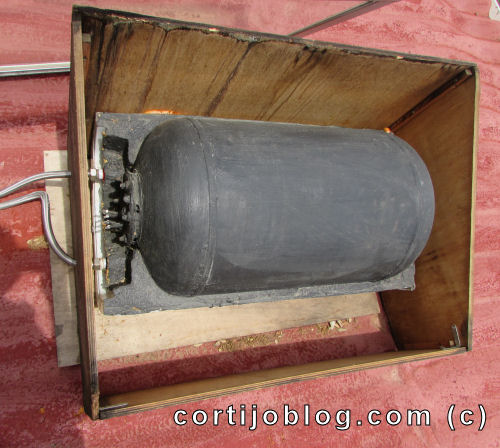A view of grid parity from someone who has been living off grid for 10 years.
The date of writing this post is 8th July 2017.
What is Grid Parity?
Grid parity occurs when an alternative energy source can generate power at the same price as buying power from the electricity grid. Or to put it another way: After installing an alternative energy system how long will it take the before the cost of installation will be the same as if the house had been connected to an electric company. This is called pay back time.
The Quick Answer
In case you just want a quick answer in my opinion it would take 8 and a half years.
Below I will explain how I calculated this figure.
Calculations
Our annual electricty usage is 2005 kWh per year.
This is in our house which is not connected to the grid.
The average occupation is about 4 people.
We do not use electrity for heating, cooking or AC.
The biggest electricty use we have is the swimming pool pump.
We live a fairy normal life and we have a freezer and fridges.
We very occasionally have to use a generator when there is a prolonged cloudy spell but the cost is minimal. Maybe 20 euros per year.
We calculate the costs of the electric company by looking at the electricty bill we have for another house. The name of the company is Iberdrola.
We use the figure of 3000 watts as the maximum amount of power that can be used at any one time. (la potencia) The figure we use for the price of electrity is 0.16 euros per kWh. There are other expenses such as electricty tax (impuesto), equipment hire (alquiler) and VAT (IVA).
The price per year of electricity from the GRID.
The cost if we bought the electricty from the grid would be 598 euros per year.
224 for additional costs and 374 euros for the electricity.
How much our solar electrical installation would cost.
To replicate our system you would need
1250 watts of panels – 840 euros
50 amp combined inverter charge controller 750 euros
12 x 2v Lead Acid batteries 800 amp hours. 3500 euros.
Total cost 5090 euros
Total installation cost divided by GRID cost is 8.5
So time to parity is 8.5 years
Conclusion:
There are lots of other variables such as battery life and efficiency of the batterys which we have not considered here but 8.5 years is a good basic figure and it feels about right..
If I lived in a city would I cut off from the grid?
No probably not. If you have solar power you always have to be a bit conscious of the time of day and if there is sun or not. The battery technology is the most important factor. Batterys like the TESLA powerwall sound very promising and could provide about the bare minimum which would satisfy most people. I imagine that within 10-15 years in the future we will see a green energy revolution with excellent power storage and the demise of the internal combustion engine.
The best thing about this situation for me is that we have been here for 10 years so our electricty is now effectively free. I just hope that our existing batterys can hold out long enough so that there are very good possibilities are available when the time comes to replace them.
Aparently 450g of carbon dioxide is put into the atmosphere per Kwh for electricty bought from the grid.
According to these figures we have not caused 9 metric tons of C02 to be released into the atmosphere.











